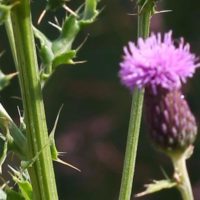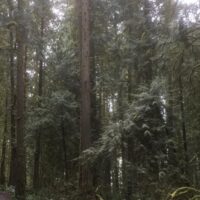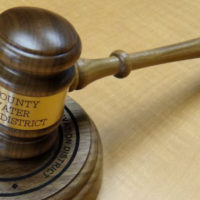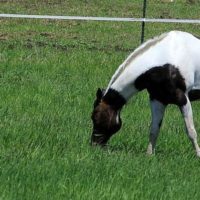This information comes directly from the Oregon office of the Natural Resources Conservation Service. We’ve copied it here for your convenience, but feel free to go to the source.
![]()
STEPS for Healthy & Sustainable Rural Living on Small Acreages in Oregon: Tools and Resources to Design a Customized Land Management Strategy for Your Small Acreage Property
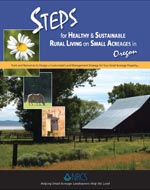 Helping Small Acreage Landowners Help the Land
Helping Small Acreage Landowners Help the Land
If you live in rural Oregon, you likely enjoy the peaceful countryside and scenic landscapes. You have a connection to your land, and you want to do all you can to care for it. The worksheets in the STEPS Workbook will help you identify strategies to maintain and improve the natural resources on your property.
To request a printed copy of the STEPS Workbook, contact your local NRCS Service Center. Or, you can download and print the pages from the links provided below.
The following documents require Adobe Acrobat.
STEP 1: Complete the Land Management Goals worksheet.
This worksheet was developed to help you focus your efforts. Each goal includes common considerations that you may need to address. Space is provided to add additional items specific to your unique situation.
- Land Management Goals Worksheets (PDF, 289 K)
STEP 2: Inventory the resources on your land.
Complete the Property Map and Natural Resource Inventory pages. These will provide a base of information for you to reference as you work through the other worksheets. Your property map and natural resource inventory will help you move forward in planning strategies, actions and improvements.
- Property Map and Inventory (PDF, 262 K)
STEP 3: Complete the worksheets that relate to your land.
Each worksheet contains a set of questions to help you assess conditions and evaluate how your management decisions affect natural resources. The worksheets include alternative actions for improvement and resources for more information.
As you answer the questions provided on the STEPS worksheets, you will begin to assess conditions on your land and learn about a number of management options. Keep in mind that the alternatives provided are general in nature. The distinct features of your land—and the specific uses and goals you have for it—make each situation unique. As you begin to identify actions that may be appropriate, consider whether you can begin to make these improvements on your own.
Many options will require specific considerations pertaining to the unique geography, hydrology, plants, wildlife and other features and conditions on your property. Some of these activities could require technical expertise; you may want to contact a natural resource professional for detailed assessments, conservation planning and recommendations. Sources for more information and assistance are listed in each section.
- Forest Condition Assessment (PDF, 170 K)
- Grazing Assessment (PDF, 110 K)
- Weeds: Your Management Strategy (PDF, 117 K)
- Stream Condition Assessment (PDF, 141 K)
- Manure Management Assessment (PDF, 119 K)
- Irrigation Assessment (PDF, 88 K)
- Soil Assessment & Management Options (PDF, 90 K)
STEP 4: Identify the options and actions right for you.
On each worksheet, you will find management options, information resources and contact information. You may find you can make improvements on your own, or you may decide to obtain professional assistance for more intensive treatments, such as structural or engineered practices. Whatever options you choose, each section of the STEPS packet will help you find more information and assistance.
If You Want to Go a Few More Steps
You may find that while the STEPS worksheets have helped you advance your land management goals, you would also like to address additional objectives or more complex issues.
More detailed evaluation processes are available through a variety of outlets. In addition, more comprehensive technical assistance is available through businesses and local, state, federal and non-profit entities. If you would like additional assistance, contact your local NRCS or Soil and Water Conservation District (SWCD) office.
Glossary of Terms (PDF, 75 K)
Resources (Contacts & Acronyms) (PDF, 1 K)

